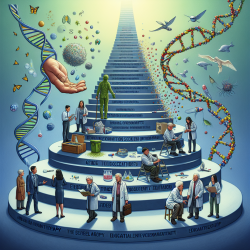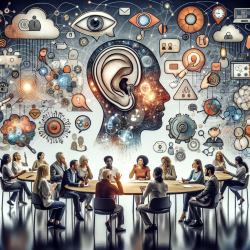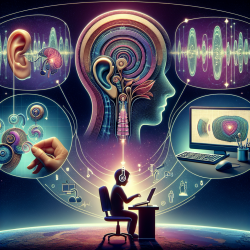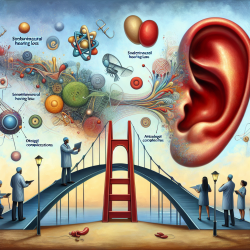Understanding the Impact of Deep Brain Stimulation (DBS)
Deep Brain Stimulation (DBS) has emerged as a revolutionary therapy for various neurological disorders, offering hope to patients worldwide. Recent advancements in DBS technology and its applications have been highlighted in the research article "Deep Brain Stimulation Initiative: Toward Innovative Technology, New Disease Indications, and Approaches to Current and Future Clinical Challenges in Neuromodulation Therapy" by Sui et al. (2021). This blog post aims to provide practitioners with insights on how to leverage these advancements to improve clinical outcomes.
Key Technological Advancements in DBS
Recent developments in DBS technology have focused on enhancing MRI compatibility, improving neural recording capabilities, and utilizing remote online programming. These innovations are pivotal in addressing the challenges faced by DBS practitioners:
- MRI Compatibility: The introduction of 3-Tesla MRI-compatible DBS systems has significantly improved imaging quality, allowing for better exploration of brain network mechanisms. This advancement ensures patient safety during MRI scans, a critical factor given that many DBS patients require frequent imaging.
- Neural Recording Capabilities: New DBS devices now offer advanced recording capabilities, enabling practitioners to uncover disease pathophysiology more effectively. These devices facilitate long-term data collection, providing insights into the neural oscillations associated with various motor symptoms.
- Remote Online Programming: The development of remote DBS programming technology has alleviated healthcare burdens by reducing the need for patient travel and allowing for efficient clinical evaluations through secure online platforms.
Clinical Applications and Future Directions
DBS has shown promise in treating movement disorders such as Parkinson's disease and dystonia, as well as neuropsychiatric conditions like depression. The research emphasizes the potential of DBS in neurorehabilitation for stroke and other neurological conditions. Practitioners are encouraged to explore these applications further and consider the following approaches:
- Adopt a Connectomic Approach: Emphasizing the modulation of whole-brain networks rather than localized targeting can enhance treatment outcomes. This approach leverages advancements in neuroimaging to understand the connectivity profiles of effective DBS.
- Integrate Artificial Intelligence (AI): AI can optimize DBS parameters by analyzing vast amounts of data, potentially leading to personalized treatment plans and improved patient outcomes.
- Explore New Indications: With ongoing research, DBS may expand to treat a broader range of conditions, including Alzheimer's disease and addiction. Practitioners should stay informed about emerging indications and clinical trials.
Encouraging Further Research
While the advancements in DBS are promising, continued research is essential to refine these technologies and expand their applications. Practitioners are encouraged to collaborate with research institutions and participate in clinical trials to contribute to the growing body of knowledge in neuromodulation therapy.
To read the original research paper, please follow this link: Deep Brain Stimulation Initiative: Toward Innovative Technology, New Disease Indications, and Approaches to Current and Future Clinical Challenges in Neuromodulation Therapy.










